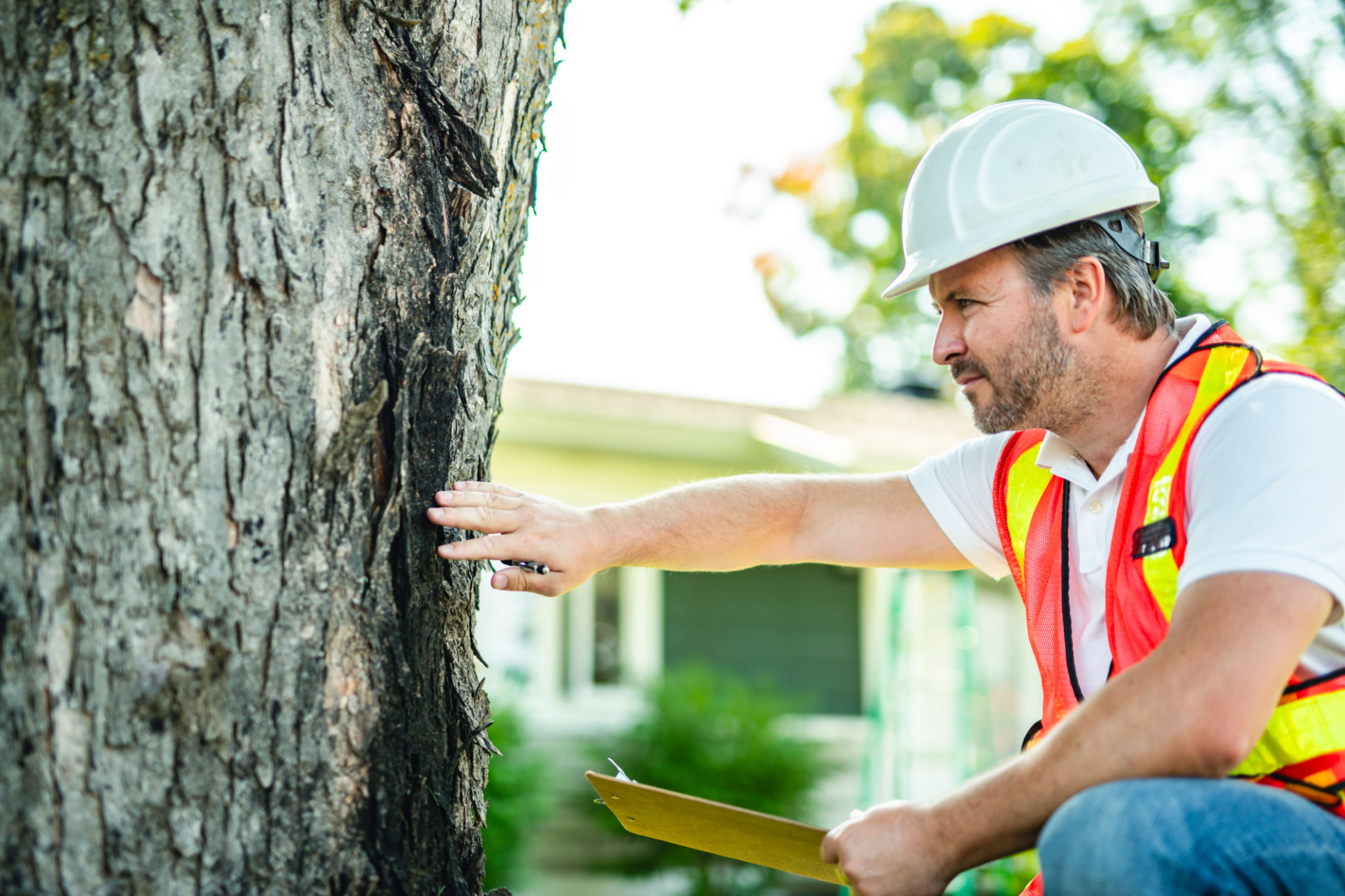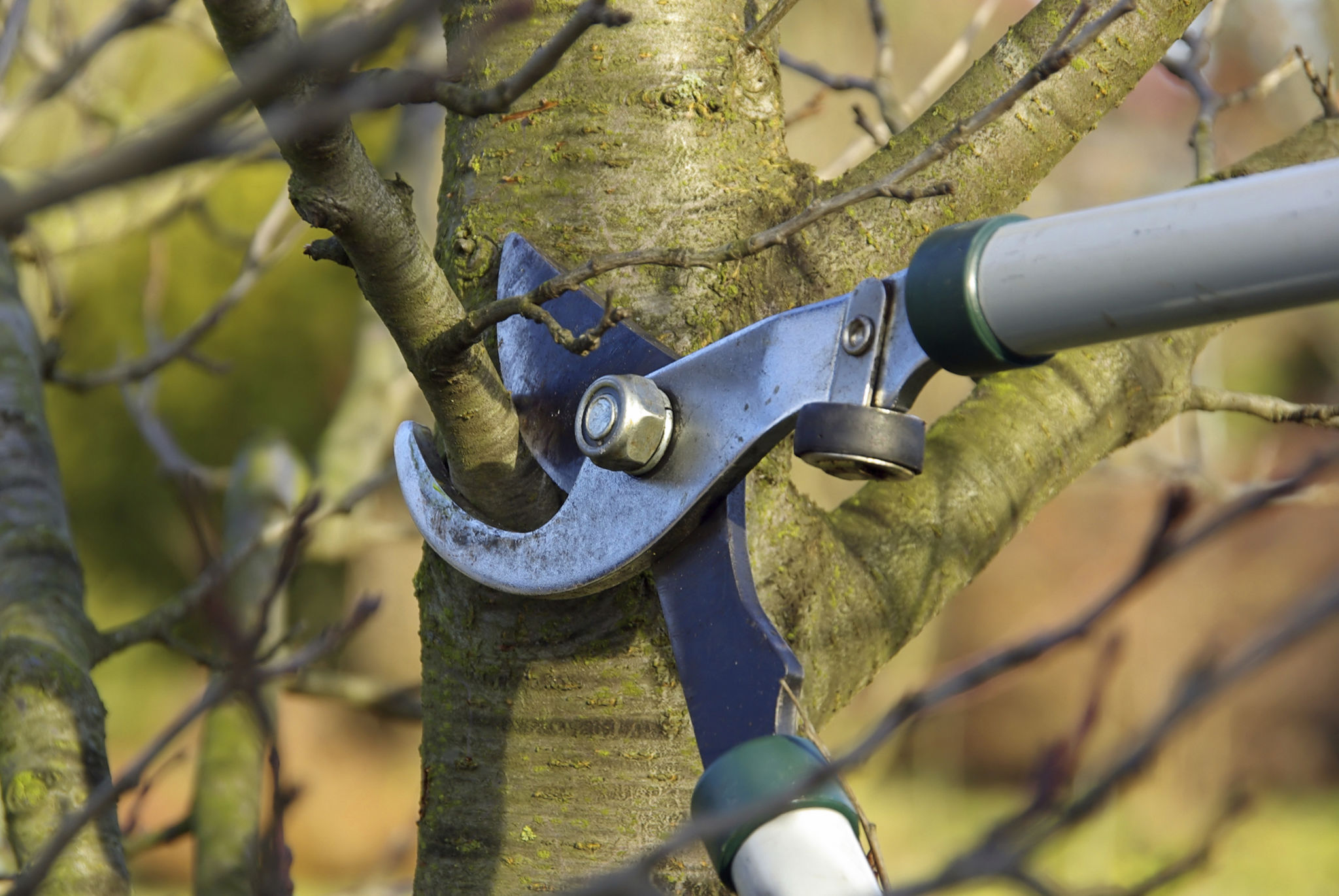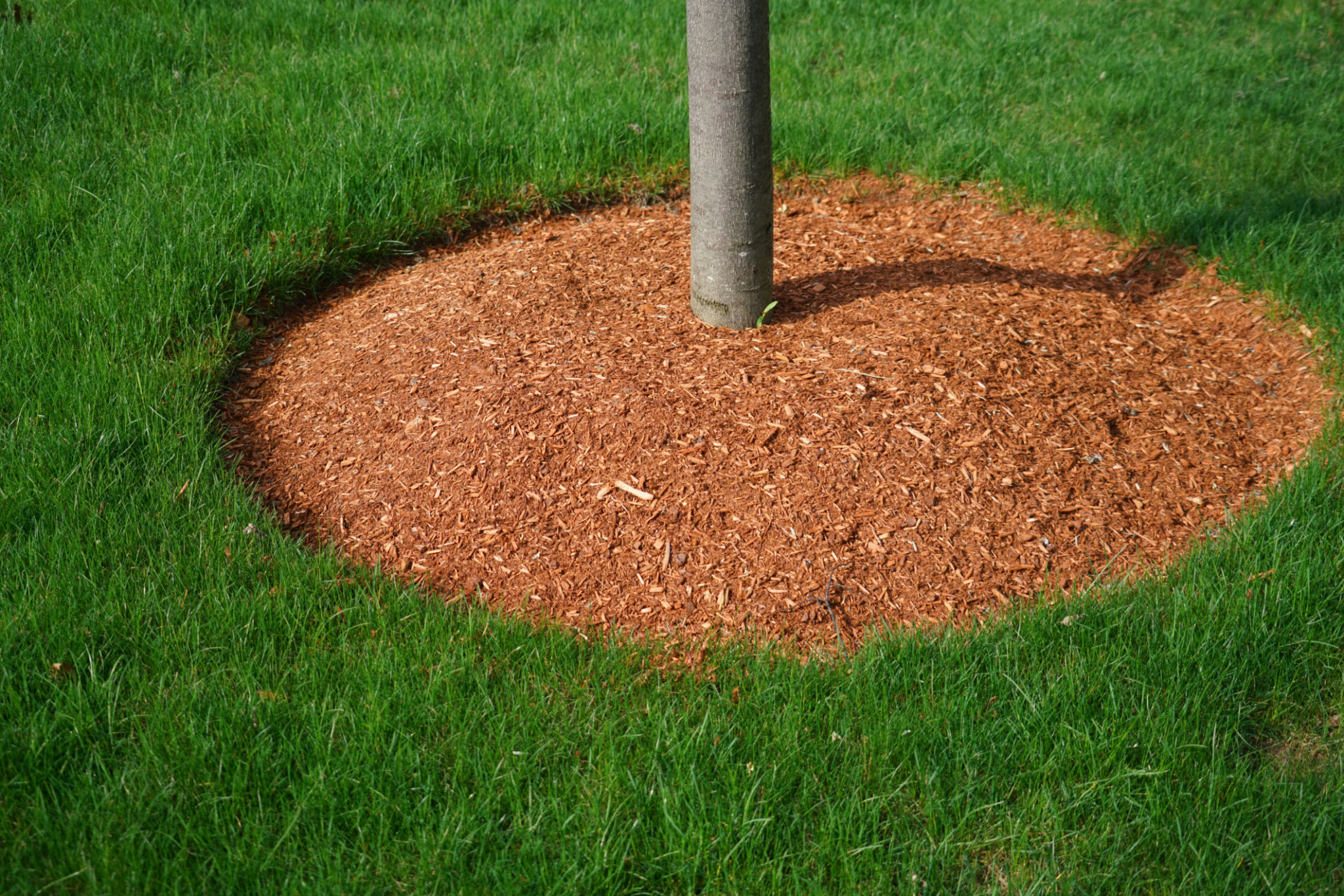DIY Tree Maintenance Tips for Homeowners in Johnston County
Understanding Your Trees
Trees are a vital part of your home's landscape, providing beauty, shade, and even increasing property value. For homeowners in Johnston County, understanding the specific needs of your trees is crucial for effective maintenance. Each tree species can have unique requirements, so it's important to identify what types of trees you have before beginning any maintenance tasks.
A good way to start is by observing your trees and noting their health. Look for signs of disease or distress, such as discolored leaves, unusual growth patterns, or visible pests. Keeping a watchful eye on these aspects will help you address potential problems before they escalate.

Essential Tools for Tree Maintenance
Having the right tools is essential for any DIY tree maintenance project. Here’s a list of tools every homeowner should consider:
- Pruning Shears: Ideal for trimming small branches and dead foliage.
- Loppers: Useful for cutting thicker branches that are out of reach.
- Pruning Saw: Necessary for larger limbs that require more effort to remove.
- Rake: Helps to clean up fallen leaves and debris around the tree base.
Investing in quality tools ensures that you perform maintenance efficiently and safely. Properly maintained tools also last longer, making them a worthwhile investment.
Pruning Basics
Pruning is one of the most critical aspects of tree maintenance. It helps promote healthy growth and improves the overall appearance of your trees. The best time to prune most trees in Johnston County is during the dormant season, typically late winter to early spring.
When pruning, focus on removing dead or diseased branches first. This prevents the spread of disease and pests. Next, trim any branches that are crossing or rubbing against each other, as these can cause wounds that lead to further damage.

Watering Your Trees
While trees are generally low-maintenance, they still require adequate water, especially during dry spells. Newly planted trees need more frequent watering than established ones. Aim to water deeply but less frequently to encourage deep root growth.
A good rule of thumb is to water your trees once a week during dry periods. Use a soaker hose or drip irrigation system to ensure the water reaches the roots effectively. Avoid watering directly on the trunk, as this can lead to rot and disease.
Mulching Benefits
Mulching is an excellent way to retain moisture and suppress weeds around your trees. Apply a layer of organic mulch, such as wood chips or bark, around the base of your tree, extending out to the drip line.
Ensure the mulch layer is about 2-4 inches deep but avoid piling it against the trunk. This practice helps maintain soil temperature, improves soil quality, and reduces the need for frequent watering.

Identifying and Controlling Pests
Pests can pose a significant threat to your trees if not managed properly. Regularly inspect your trees for signs of pest infestations, such as chewed leaves or sticky residue on branches.
If you notice any signs of pests, consider using natural remedies like neem oil or insecticidal soap before resorting to chemical treatments. Encouraging beneficial insects such as ladybugs can also help keep pest populations under control.
Conclusion: Regular Monitoring
Regular monitoring and maintenance are key to keeping your trees healthy and thriving. By following these DIY tree maintenance tips, Johnston County homeowners can ensure their trees remain an asset to their property. Always remember that professional arborists are available if more complex issues arise that require expert attention.
With a little knowledge and effort, you can enjoy the beauty and benefits of your trees for many years to come.
